Whether you are used to Microsoft Windows or Mac from Apple or looking to try something new, you should know what to look for in your next laptop. Windows and Mac both have wide variations of laptops designed for different needs. We will help you can find the right model that’s best for your requirement.
There’s more to a laptop than its operating system, so keep reading to explore and eventually decide which laptop is right for you.
Which one to go for?
Chromebook, Mac, Windows, or Linux, or something else?
The first point to look at while picking your next laptop is which operating system or OS you want. While traditionally that debate was dominated by MacOS and Windows, today, it’s also worth considering Google’s Chrome OS, which tends to come on much more user-friendly affordable laptops.
While there are clearly comparable configurations of hardware and features offered with every platform, there are some clear differences between them which are important to consider. Let’s look at all of them and find out which one fits by checklist.
Windows from House of Microsoft
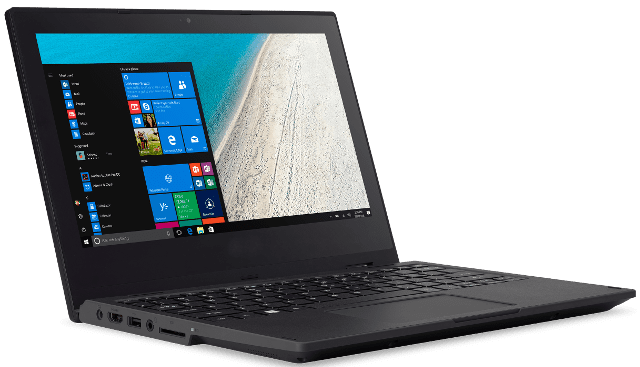
Laptops have an incredibly diverse configuration category. There are various manufacturers who make laptops where the quality and pricing can vary depending on which brand and OS you’re opting for. The fastest PCs will surpass Macs in terms of performance and many companies tailor their PCs to a specific purpose, such as gaming or business.
In general, maximum laptops run on Windows OS, which is far more open-ended than MacOS, and updated more frequently. There’s also more software available to install on Windows. In particular, Windows is the standard for gaming, development and many business-related programs.
Laptops powered by Windows come in a variety of hardware variation. A standard computer simple UI and a keyboard-mouse interface is easy to find. Touchscreen Windows laptops can also be found even in the lower price brackets, and more elaborate designs include fold-back screens or even detachable tablet-keyboard combos. Windows-powered laptops are commonly available with touchscreens, which is not something you’ll find on any Apple MacBook offerings.
Unlike Apple’s more limited line up of hardware, there is plenty of choice in the Windows laptop space. Whether you opt for a major manufacturer like Lenovo, or Dell, or one of Microsoft’s own devices, you have a ton of options with Windows laptops.
MacOs from Apple
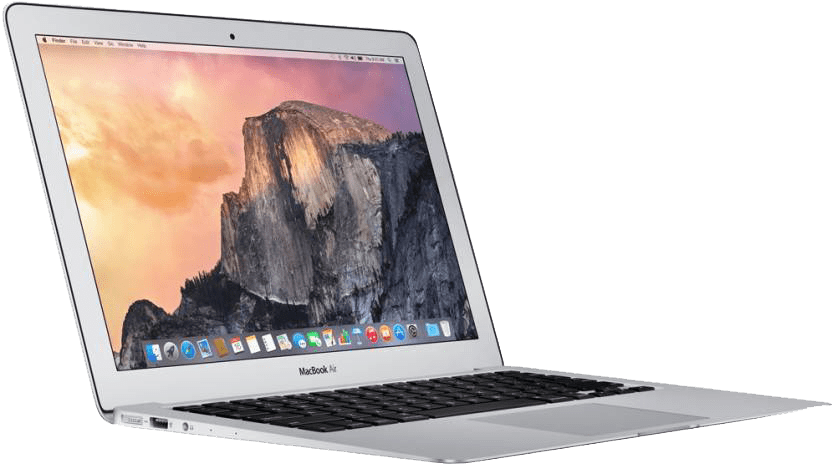
Apple has always been sensitive and also protective of its brand, releasing products in very deliberate iterations. Any Apple product will follow its standards, whereas any manufacturer can make a PC with unique specs. As a result, Macs have user-friendly user interfaces. Apple will tell you exactly what you are getting regardless of which MacBook you purchase, and because all Macs come from the same manufacturer’s ecosystem, the company’s resourceful support network can easily help with any problems that arise.
The design quality is one of the features of every MacOS powered laptop. They are built to look and feel elegant. This extends to Apple’s operating system, MacOS, which is straightforward and intuitive. Macs also come pre-installed with a suite of software, and each application is well-suited for tasks such as editing video or music.
Macs utilize fast hardware, too, so those who want a solid computer but do not know a lot about hardware can rest easy knowing their Mac will perform well during everyday use. That said, they don’t tend to sport the most powerful graphics chips, and tend to have a much higher price tag than their Windows and Chrome OS counterparts, especially when configured with lots of storage. Apple computers aren’t known for being cheap.
Planning to get a Laptop sometime this year
Get an extended warranty so you can focus on your work and your laptop keep delivering the best performance
In many ways, Apple’s strict design standards mean that its products are easy for anyone to pick up and use, regardless of a person’s skill level or familiarity with computers. On the other hand, the rigid design of the Mac means less freedom to customize the device. The available hardware is the hardware you get. Furthermore, Apple only sells a few different models of MacBook at any given time and irregular hardware refreshes mean that they aren’t always the most up to date.
Chrome OS from Google
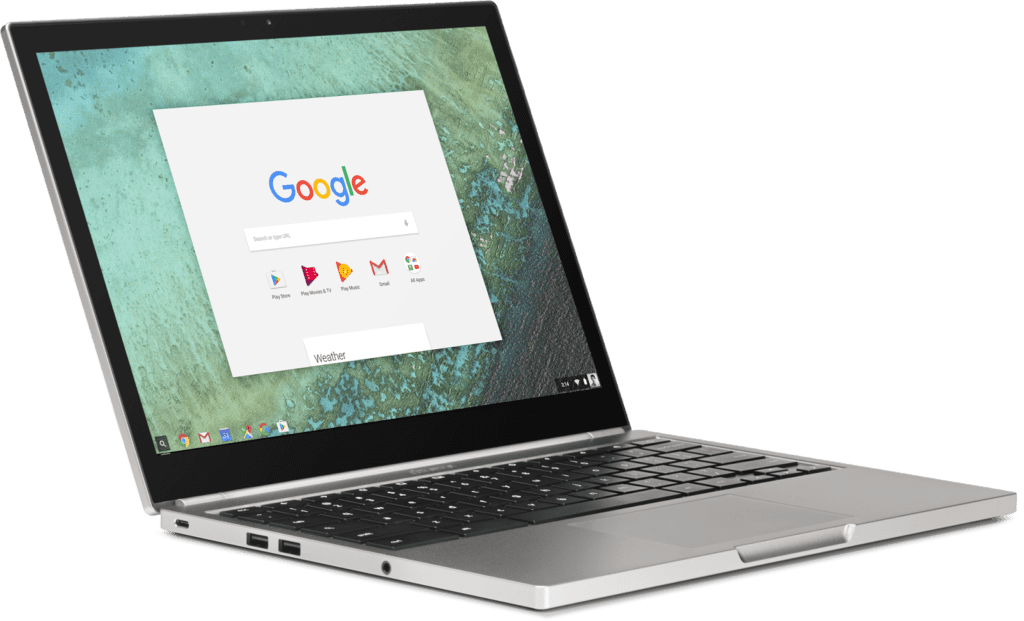
Google’s Chrome OS is a little different from the other two main offerings. It powers “Chromebook” laptops and is based on Google’s Chrome browser. That means that it can’t run desktop applications as the other two platforms can. That’s great if you’re the kind of PC user who only needs a laptop to read emails, watch Netflix, and occasionally play the odd mobile game. It’s not so great if you want the full functionality offered by a desktop platform.
Having said that, Chrome OS is quick and more versatile today than it’s ever been, with support for thousands of Chrome extensions and a plethora of Android apps — though they don’t always scale well with larger laptop displays. Hardware choices are also much more varied today than they’ve been in the past, with powerful offerings, like Google’s own Pixelbook, which perform and look very much like premium Windows and MacOS laptops. There are even 2-in-1 options like the Pixel Slate or HP Chromebook x2.
Chrome OS is certainly a less capable platform than Windows and MacOS, but if it fits the bill for what you want to do on your laptop, you can save a lot of money by going with Google’s platform over the other two.
The types of laptops
There are several laptop categories, manufactured with a certain use or audience in mind. When shopping for a laptop, decide what you primarily intend to use the laptop for and seek out a category that aligns with those interests. Here are some broad categories and a couple of our favourites for each.
Entry-level laptops
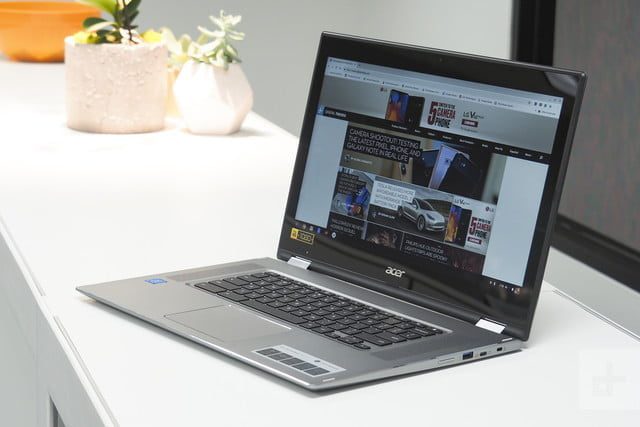
Laptops can be expensive, but by making a few cuts in the hardware configuration, many manufacturers produce great laptops that cost less thereby making them affordable for general use.
Customers who need a laptop for the most basic tasks (word processing, internet browsing, etc.) and don’t want to spend more may find these laptops a good fit for their needs. Budget laptops are generally light on hardware such as graphics or RAM; do not expect to run high-configuration games (AAA) or bounce easily between a hundred browser tabs, but that doesn’t mean they’re incapable.
This is a category where Chromebooks are evident by avoiding some of the fancy features from Windows and MacOS laptops. The best budget laptops will still be built to last, with competent construction and ergonomically sensible touchpads. on a high-level, these entry-level laptops are great for people who need to carry out basic tasks and may not technically sound about computers and simply want a device that can carry out standard tasks.
Some great entry-level laptops worth considering include the fantastic Acer Chromebook 15 Spin or the Lenovo IdeaPad 330S. If portability is more important for you, we also love the Microsoft Surface Go 2-in-1, for its great design and exceedingly affordable price.
Mainstream laptops
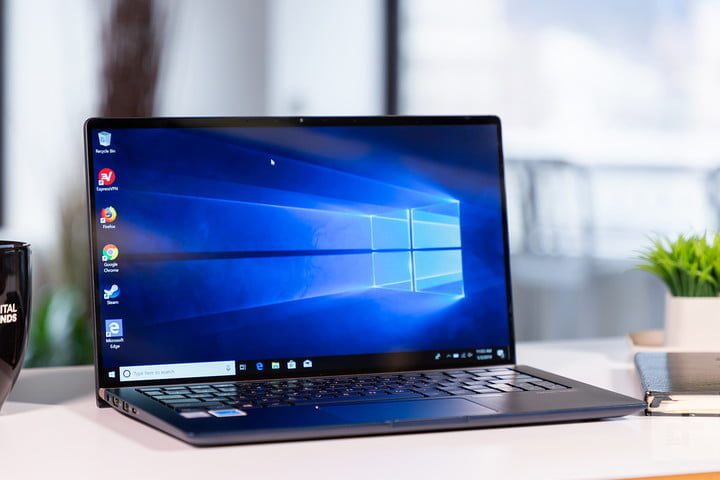
Laptops within this price range are arguably the best in terms of performance. You get much better hardware configuration than the entry-level laptops, but you’re not paying a hefty amount as compared for some of the fancy materials used in manufacturing the most expensive of laptops. These laptops sacrifice the odd and many times irrelevant feature that you might now be using on day-to-day tasks. You aren’t going to see a super-powered graphics chip, but the systems at this price range are truly excellent laptops to be used.
Laptops under this category are most favoured by industries that chose multitasking and performance. There are laptops with great displays, powered with powerful processors, and lightweight which makes them easy to carry with great battery life.
Premium laptops
If you have deeper pockets, there are few better laptops than those found in the premium bracket. You will get longer battery life, improved processor, enhanced performance along with powerful internal hardware, larger and higher-resolution displays, and overall better build quality. This bracket contains some of the best laptops you can buy today, so if you’re a bit more of a power-user and can afford it, this is the class of laptop you should consider most.
Despite the inflated cost, these premium laptops are still a choice of many. Buyers can pick up premium range laptops in the 13-inch form with plenty of general computing power and connectivity options. If you’re interested in doing some gaming on the side or content creation, you’ll want to jump up to a 15-inch laptop with a six-core processor and a dedicated graphics card.
Planning to get a laptop sometime this year
Protect your new laptop against all accidental and liquid damages.
This category even contains our favourite laptop of the past few years, the Dell XPS 13. If you want something a little heftier and more capable of content creation, the Dell XPS 15 is worth considering too. For gamers, the Razer Blade is the best laptop we’ve ever come across, while the Lenovo ThinkPad X1 Extreme offers real power in a supremely rugged chassis.
If you’re an Apple fan, we’d recommend the MacBook Air. The MacBook Pro is an option too, but that’s more for power users and offers less bang for your buck.
2-in-1 (Two-in-One) / Convertible Laptops
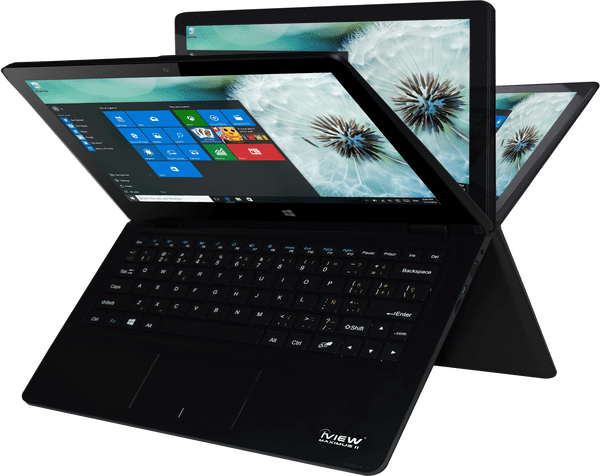
The 2-in-1, or convertible, laptop combines the convenience and ease of a tablet with the utility of a keyboard. There are two main ways of accomplishing this: either the two are attached but the keyboard can fold behind the touchscreen, or the tablet side can be fully detached from the keyboard.
Convertibles can provide a lot of versatility, however, they are not necessarily the best devices available. The uniqueness of their design can come with some notable drawbacks, such as weight (especially from the metal hinges on the keyboard) and price. Convertible laptops are often more expensive than clamshell laptops with comparable hardware.
When it comes to buying a 2-in-1, some are better laptops than they are tablets, and some are better tablets than they are laptops. Think hard about which ‘mode’ you’re likely to use more before buying and do so accordingly.
Gaming laptops
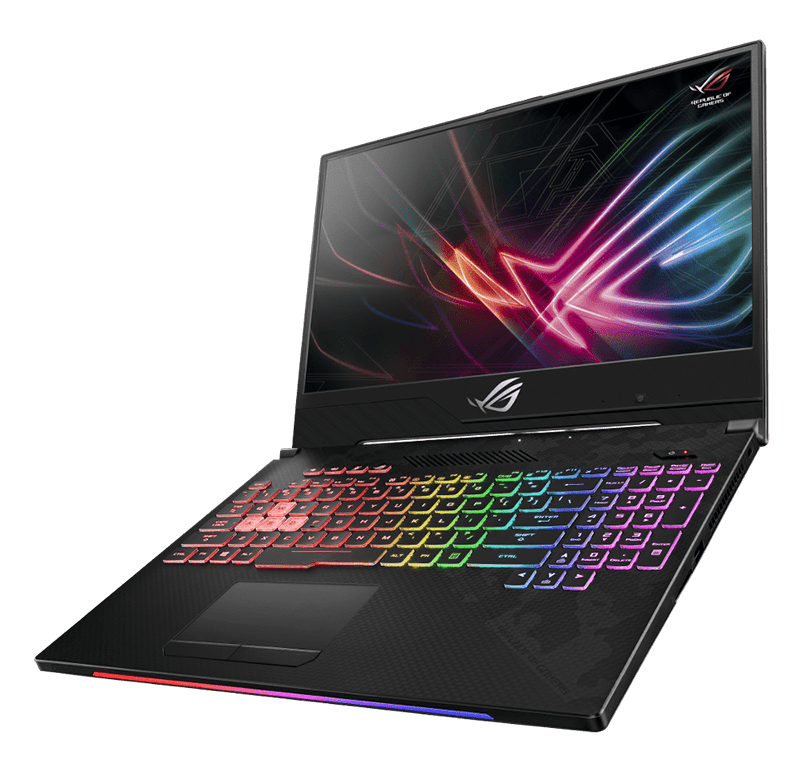
The display and graphics keep getting better and better. Hardware configurations keep getting denser. Given all the highlighted features above, gaming laptops are built to keep up with the unceasing march of progress. The best gaming laptops encompasses high-end processors and graphics cards, as well as enough RAM to run modern games.
Gaming laptops are bulkier, typically to accommodate better hardware and larger screens. Their high-powered hardware means that battery life isn’t too strong either – especially on systems with 4K displays. But this isn’t always the case. Our favourite gaming laptops tend to offer a good middle ground or offer more stealth gaming ability.
CPU and Processor
As with any computer, the CPU carries out most of the processes for the laptop. Any time the computer needs to access or change data, the CPU executes that task. Better CPUs will be able to process more data at quicker speeds. Note that the pure clock speed of a CPU doesn’t necessarily give the whole picture — if you’re unsure about your options, copy the processor’s model number (such as “Core i5-9400H”) into a web search to compare your choices.
The latest offerings from Intel are its Core i3, i5, and i7 series in 8th-generation models, though we are beginning to see the roll-out of 9th-generation chips in gaming laptops and content creation machines. Further down the road, we’re also starting to see the first 10th-generation Ice Lake CPUs coming in new laptop designs. AMD’s latest chips are its third-generation mobile Ryzen CPUs, though they are a bit more difficult to find in laptop offerings.
When it comes to picking a laptop based on its CPU, newer is almost always better. Try to avoid buying a laptop with a CPU that’s a few generations old. Unless you’re doing something intensive like video editing, don’t worry about buying a chip outside of the midrange. The four cores available in the Core i5-8565U, for example, is a good place to start for most people.
The latest offerings from Intel are its Core i3, i5, and i7 series in 8th-generation models, though we are beginning to see the roll-out of 9th-generation chips in gaming laptops and content creation machines. Further down the road, we’re also starting to see the first 10th-generation Ice Lake CPUs coming in new laptop designs. AMD’s latest chips are its third-generation mobile Ryzen CPUs, though they are a bit more difficult to find in laptop offerings.
When it comes to picking a laptop based on its CPU, newer is almost always better. Try to avoid buying a laptop with a CPU that’s a few generations old. Unless you’re doing something intensive like video editing, don’t worry about buying a chip outside of the midrange. The four cores available in the Core i5-8565U, for example, is a good place to start for most people.
In the case of some laptops, you will have to pay for the privilege of touch, so again, think before you buy to see whether it’s something you really need.

